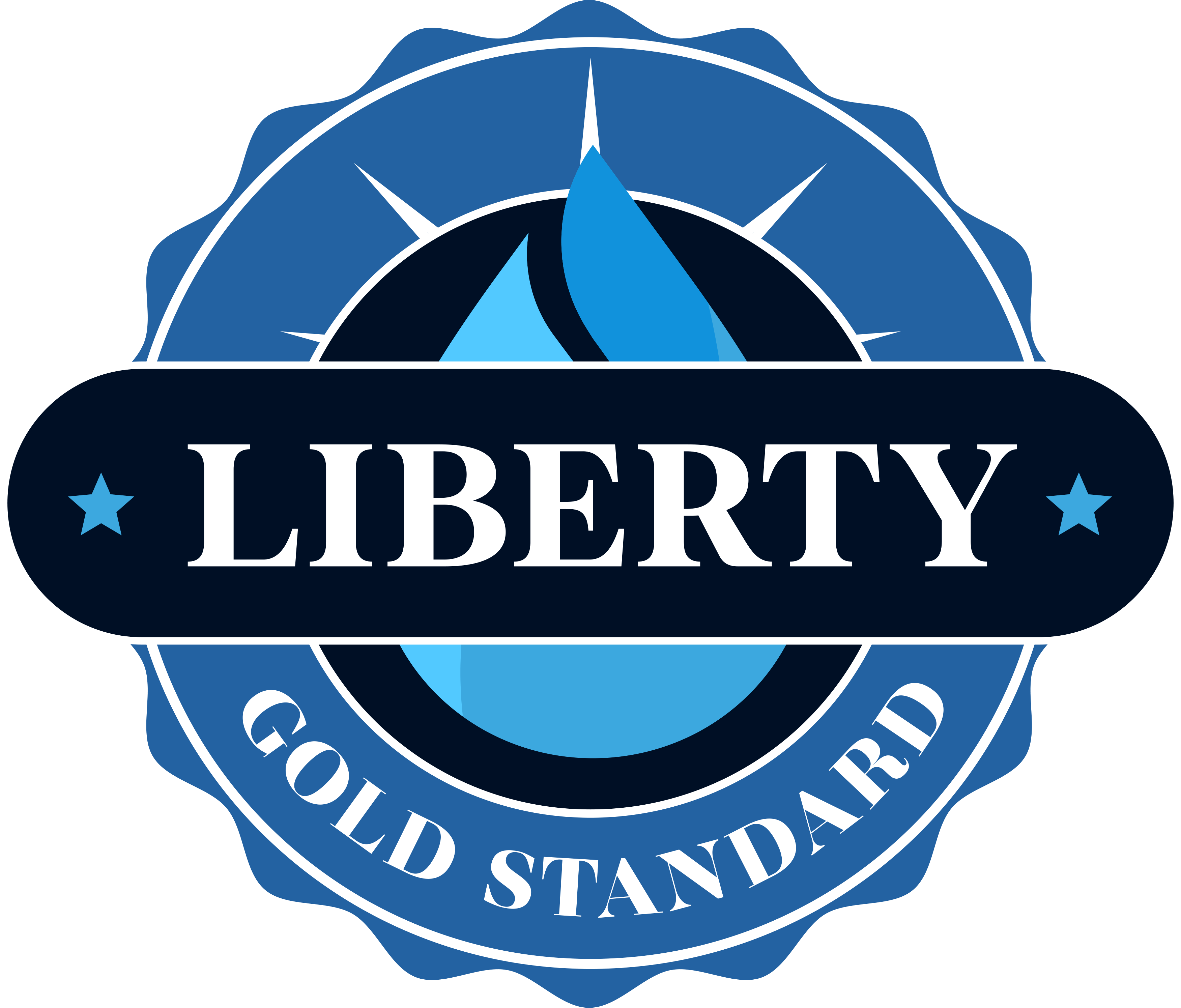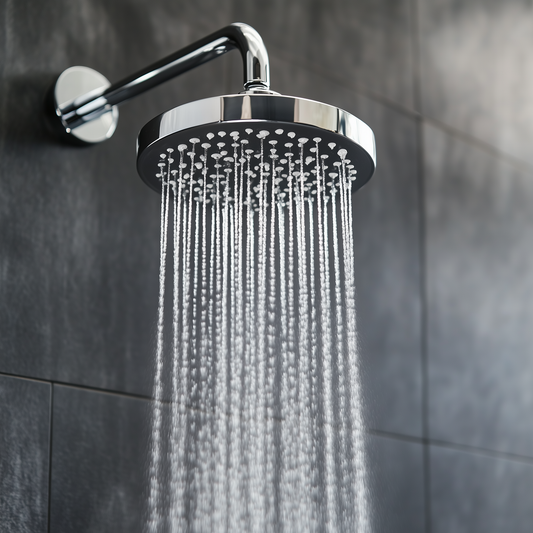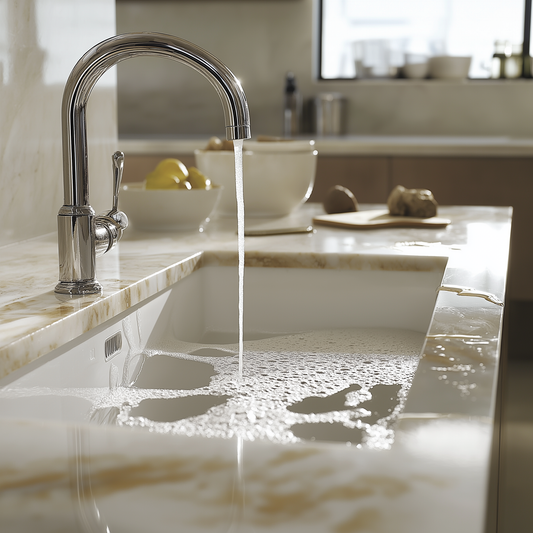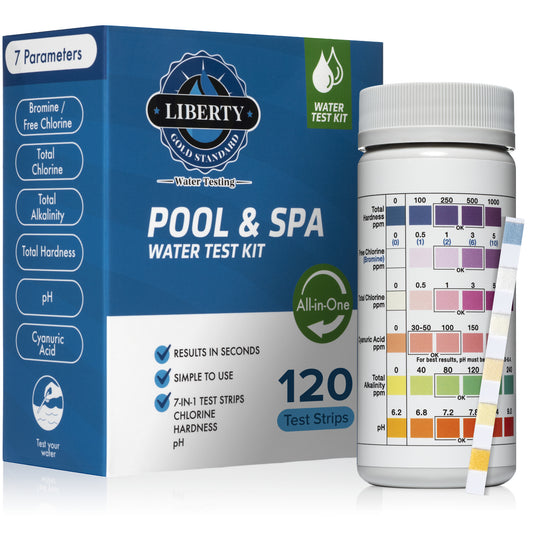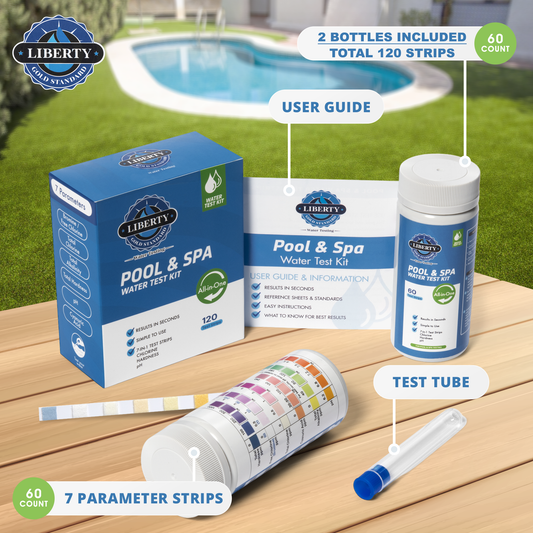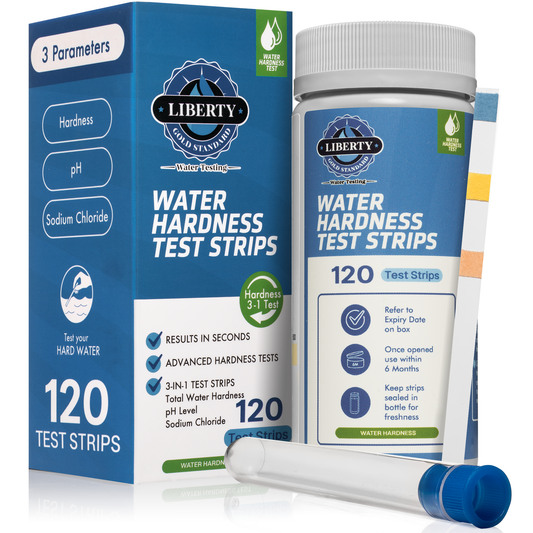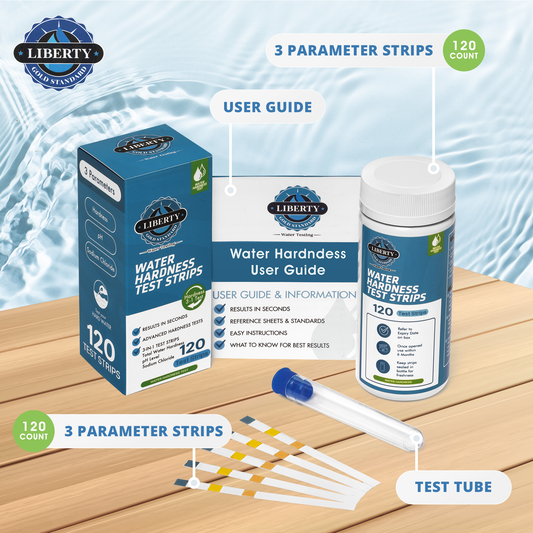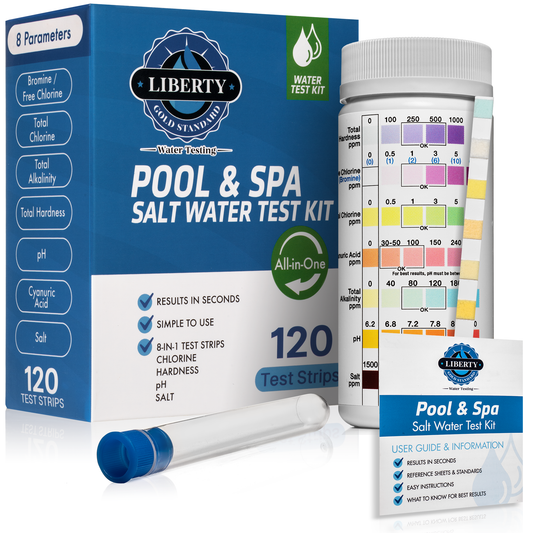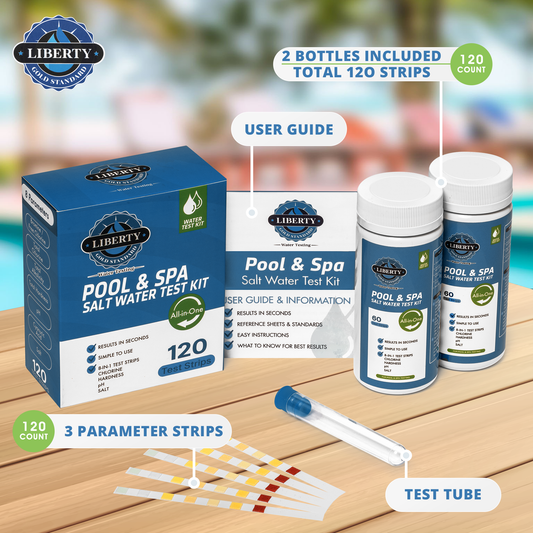When it comes to ensuring the quality of water in both drinking water systems and aquariums, measuring carbonate levels is crucial. Carbonate, often referred to as CO3, plays a significant role in the overall health and stability of these aquatic environments.
What is Carbonate and Why is it Important?
Carbonate is a key component of the carbon cycle and is essential for buffering water pH levels. In drinking water, carbonate helps maintain a stable pH, preventing fluctuations that can affect taste and safety. In aquariums, carbonate is vital for supporting the growth of aquatic plants and maintaining a healthy environment for fish and other aquatic life.
How are Carbonate Levels Measured?
Carbonate levels are typically measured in units of parts per million (ppm) or milligrams per liter (mg/L). This measurement is important for determining the alkalinity of the water, which is a measure of its ability to resist changes in pH. In both drinking water systems and aquariums, maintaining the proper carbonate levels is essential for the overall health and stability of the water.
Carbonate Measurement in Drinking Water
In drinking water systems, carbonate levels are monitored regularly to ensure compliance with regulatory standards and to maintain water quality. High carbonate levels can lead to scale buildup in pipes and appliances, while low levels can result in corrosive water that can damage plumbing systems.
Carbonate Measurement in Aquariums
In aquariums, carbonate levels are crucial for maintaining a stable pH and supporting the health of aquatic plants and animals. Monitoring carbonate levels allows aquarium owners to make adjustments to the water chemistry as needed to create a healthy environment for their aquatic pets.
Overall, understanding and measuring carbonate levels in both drinking water systems and aquariums is essential for ensuring the health and stability of these aquatic environments. By monitoring carbonate levels and making adjustments as needed, water quality can be maintained at optimal levels for both human consumption and aquatic life.
What Levels are Considered Good or Bad?
When using water testing strips to measure carbonate levels, it is important to note the following guidelines:
- Good: Carbonate levels between 50-150 ppm are considered ideal for most freshwater aquariums.
- Bad: Carbonate levels above 200 ppm can lead to high pH levels and potential issues for aquatic life.
What to do if Carbonate Levels are too High
1. Perform Partial Water Changes
One of the simplest ways to lower high carbonate levels in your aquarium is by performing regular partial water changes. By replacing a portion of the water with fresh, properly treated water, you can dilute the carbonate concentration in the tank.
2. Use Reverse Osmosis (RO) Water
If your tap water has high carbonate levels, consider using reverse osmosis (RO) water for your aquarium. RO water has lower mineral content, including carbonates, which can help reduce the overall carbonate hardness in your tank over time.
3. Add Peat Moss or Driftwood
Peat moss and driftwood are natural ways to lower carbonate levels in your aquarium. These materials release tannins and organic acids into the water, which can help soften water and reduce carbonate hardness. Be sure to monitor the pH levels when using these methods.
4. Use a Commercial Water Conditioner
There are commercial water conditioners available that are specifically designed to lower carbonate hardness in aquariums. These products typically contain ingredients that bind to carbonates and precipitate them out of the water, effectively reducing carbonate levels.
By taking these steps, you can effectively lower high carbonate levels in your aquarium and create a more stable and healthy environment for your aquatic pets. Remember to test your water regularly to monitor changes in carbonate hardness and adjust your maintenance routine accordingly.
By understanding carbonate levels and how to test for them, you can ensure the optimal conditions for your water source. Remember to regularly monitor carbonate levels and take appropriate actions if levels are outside the recommended range.
